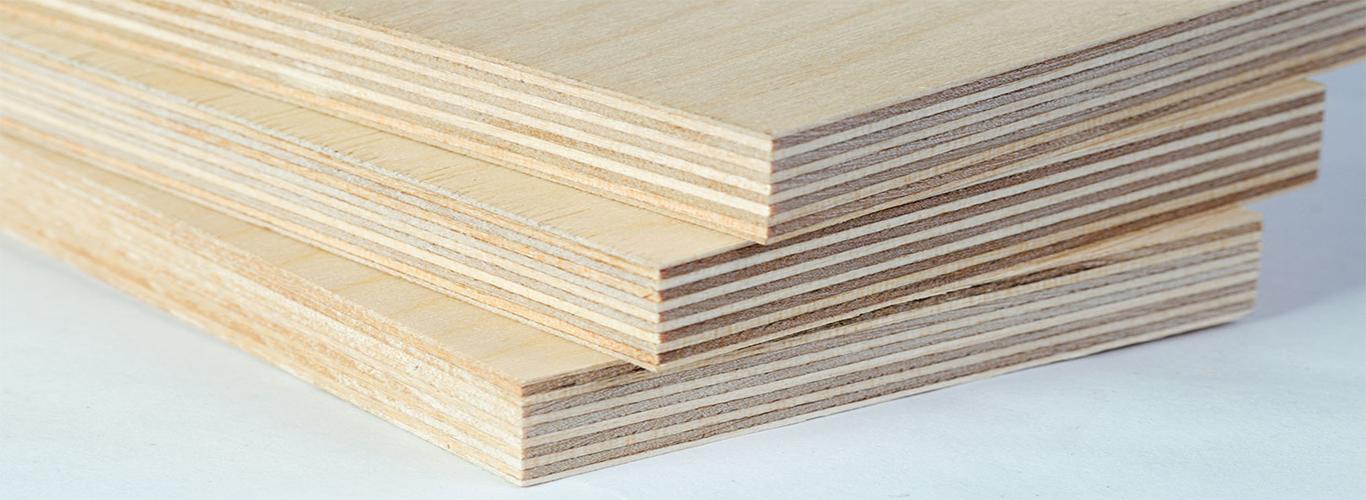It’s easy to think of MDF and Plywood as the same thing when you see them in the home improvement section of your local store.
But they could not be more different, where the strength of one is the weakness of another.
Find out the differences between the two and where best to use them.
MDF
Medium Density Fibreboard or MDF is an engineered wood composite.
The wood is broken down into the basic fibre or fibre lumps. For this reason, the particular species of wood, straightness, knottiness, etc are not really important. This allows MDF raw material costs to be quite low.
The fibres are then combined with an adhesive and pressed together under heat. The heat is what cures the adhesive while making the fibres pliable during pressing.
You can purchase MDF in a variety of thicknesses and grades. It’s the material typically used in ready-made furniture, cabinets, shelves in storage units and decorative wall cladding
Characteristics of MDF:
- Smooth, uniform, knot-free surface; consistent throughout the edges
- A great substrate for veneer
- Its surface is so smooth that it lends itself really well to painting
- Easy to split and damage; not as durable as plywood
- Soaks water like a sponge which results in the degradation of the material
- Impact resistance lower than that of plywood
- Lighter than plywood
- Easy to cut and cut edges are smooth with no splintering
- Unable to hold screws
- Easy to laminate, veneer, or lacquer
- Absorbs some paints such as aerosole spray primers
- Perfect for quality primers with oil as a base
- Bonding agents contain low concentrations of formaldehyde
PLYWOOD
Plywood is a wooden panel made by putting together several thin layers of wood veneers to create a solid piece. The layers can be different types of wood.
Depending on the grade, plywood is best for use in the construction of homes, boats, floors, walls, and ceilings. Higher grades are suited to make cabinets.
Because of the different treatments of plywood, it can serve for interior, exterior and even marine construction purposes.
Characteristics of Plywood:
- Very durable building material with the grain on each layer of veneer running in different directions
- Looks more like real wood; solid wood appearance
- Resistant to water damage
- Heavier than MDF
- Won’t soak up water or swell easily
- Perfect for staining
- Holds screws tightly
- Some models come without formaldehyde
- More expensive than MDF; the higher the grade, the pricier it gets
- Cutting exposes some sharp edges; splinters when cutting
- Challenging to cut to create design details
MDF or Plywood — Which one should you use?
You can decide which one to use for your project based on the application and your budget.
Since it does not handle moisture very well, MDF is better for indoor applications and for decorative purposes like furniture. It is also a better choice for applications that require specific shaping, cutting and drilling, since it does not splinter like plywood. If you are going to use paint, MDF is also a great choice for a smooth effect.
For the construction of doors, stairs, ceilings, floors and exterior projects, it’s better to use plywood. Plywood holds up quite well to water exposure. It can also handle heavy loads, so consider it for framing walls or kitchen cabinets.
If you have no specific preference and you’re just thinking about cost, then MDF is the winning choice. But if durability or strength is what you’re after, plywood wins hands-down.

